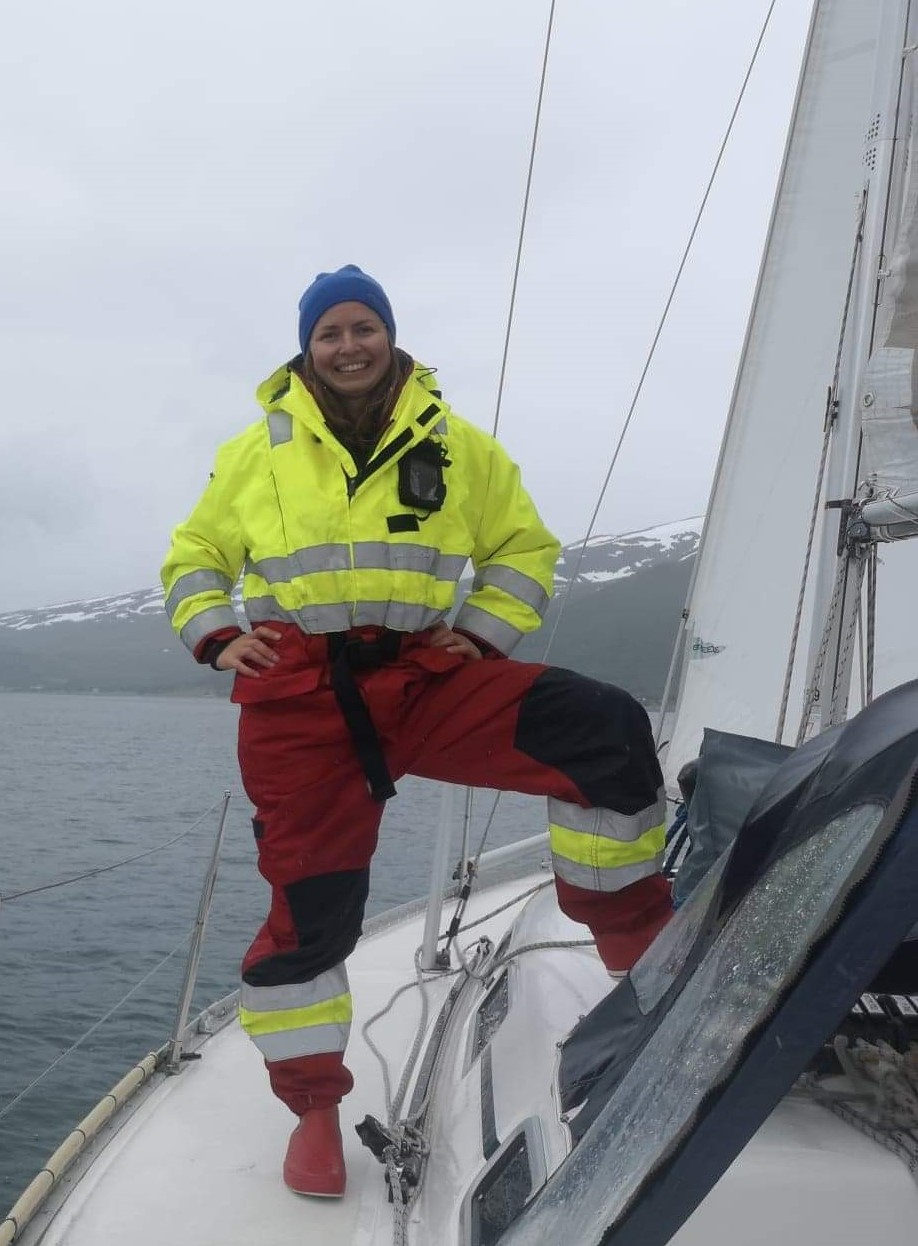Comparison of sampling strategies for epipelagic sound scattering layers at high latitudes
Date:
Comparison of sampling strategies for epipelagic sound scattering layers at high latitudes
Muriel Dunn$^{1,2}$, Geir Pedersen$^3$, Sünnje L. Basedow$^4$, Malin Daase$^4$, Stig Falk-Petersen$^1$, Loïc Bachelot$^5$, Lionel Camus$^1$, and Maxime Geoffroy$^{2,4}$
$^1$ Akvaplan-niva AS, Tromsø, Norway $^2$ Center for Fisheries Ecosystems Research, Fisheries and Marine Institute of Memorial University of Newfoundland, St. John’s, Canada $^3$ Institute for Marine Research, Bergen, Norway $^4$ Department of Arctic and Marine Biology, UiT The Arctic University of Norway, Tromsø, Norway $^5$ IFREMER, Laboratoire d’Océanographie Physique et Spatiale, Plouzané, France
When detected with active acoustical techniques, aggregations of z ooplankton and small fish form horiz ontal sound scattering layers throughout all oceans. However, accurately quantifying the composition and density within these layers is challenging and prone to sampling biases. We conducted a net and trawl survey of the epipelagic fauna in Tromsøflaket, northern Norway, (70˚N) in June 2018. Meanwhile, an autonomous surface vehicle (Sailbuoy), equipped with a broadband echosounder operating over 283- 383 kHz , was surveying the same region. In this presentation, we compare the z ooplankton density calculated from Multinet, Tucker trawl, and the autonomous acoustic survey to assess differences in sampling selectivity. Densities from the autonomous hydroacoustic survey were calculated by inverting the volume backscatter using ensembles of scattering model simulations. Analysis of Multinet samples resulted in a higher density of organisms that are weak scatterers and poor swimmers, such as copepods. In contrast, estimates for the trawl samples resulted in 99% lower overall abundance than those from the Multinet. The acoustics reports a higher density of weak scatterers that are strong swimmers, such as krill. We explore the advantages and limitations of each sampling method and provide recommendations for a combined sampling approach to increase the temporal and spatial coverage of pelagic surveys conducted at high latitudes.
